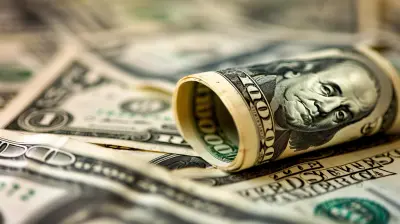Smart Secondhand Shopping: Finding Quality Items at Bargain Prices
30 July 2025
Let’s face it—most of us love a good bargain. Whether you're trying to save money, live more sustainably, or just want the thrill of treasure hunting, secondhand shopping is a goldmine of opportunity. And no, we're not just talking about snagging your grandma's old rocking chair at a yard sale. Today’s secondhand scene is filled with everything from designer clothes and high-end electronics to vintage décor and barely-used furniture—all at a fraction of the original price.
If you’ve ever walked out of a thrift store with a $5 vintage Levi’s jacket that looks like a $150 boutique find, then you know the joy of smart secondhand shopping. But if bargain hunting still feels overwhelming or hit-and-miss, don’t worry—you’re in the right place. Let's dive into how you can score quality items without breaking the bank.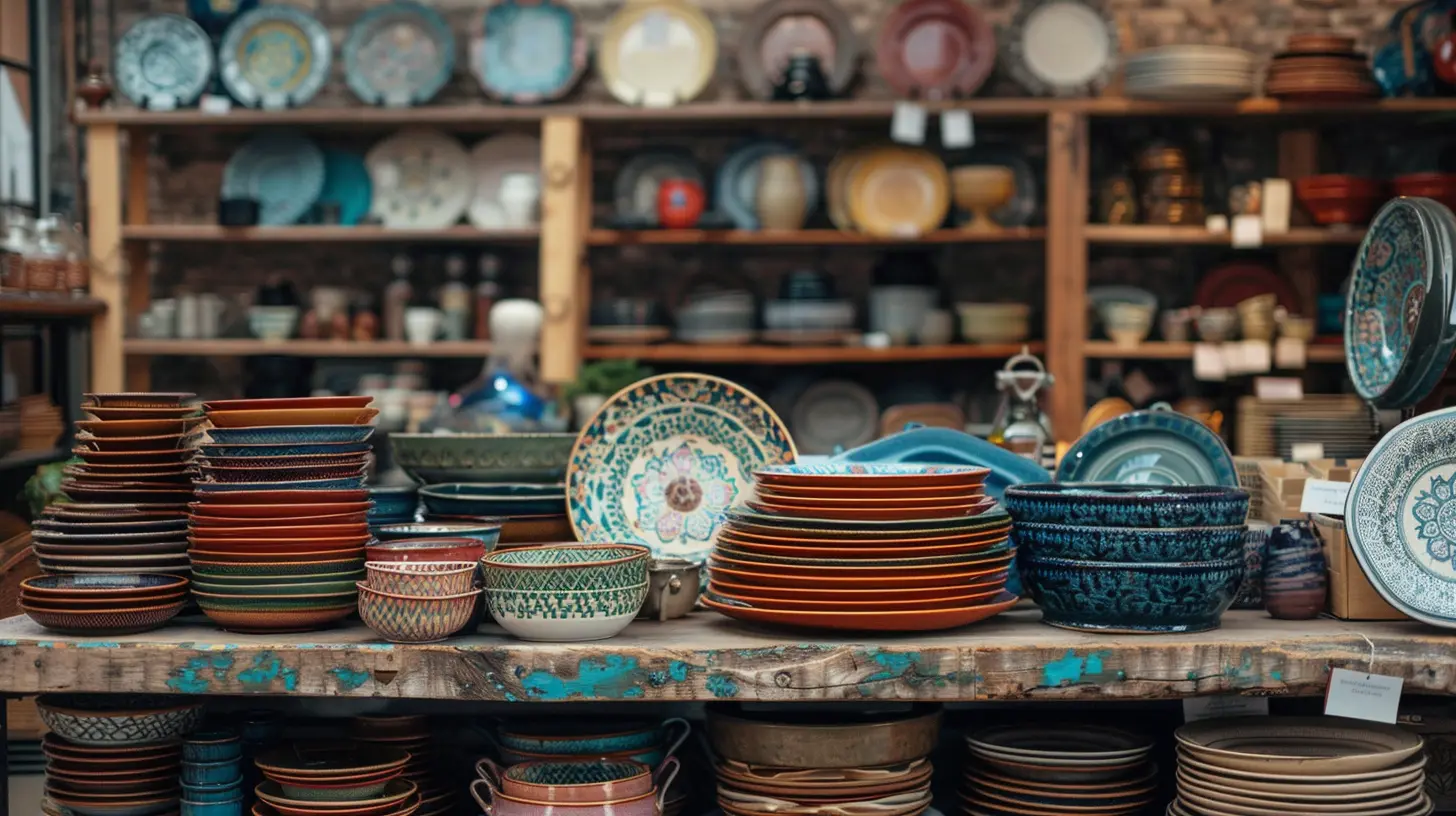
Why Secondhand Shopping Is a Smart Move
It’s Easy on Your Wallet
Let’s start with the obvious: secondhand shopping saves you money. Like, serious money. You can often find items marked down 50% to 90% from retail prices. Think about it. Why pay full price when someone else already did—for the exact same item?It Reduces Waste (And Guilt)
Secondhand shopping is like giving the planet a high-five. By reusing items, you're preventing them from ending up in landfills. That’s a win-win—especially when you can look stylish or furnish your home without leaving a massive carbon footprint.It's a Treasure Hunt
There's something undeniably exciting about hunting for the next great find. It’s part detective work, part magic. You never know what you’ll stumble upon—a rare book, a vintage record, or a designer handbag hiding on a dusty rack.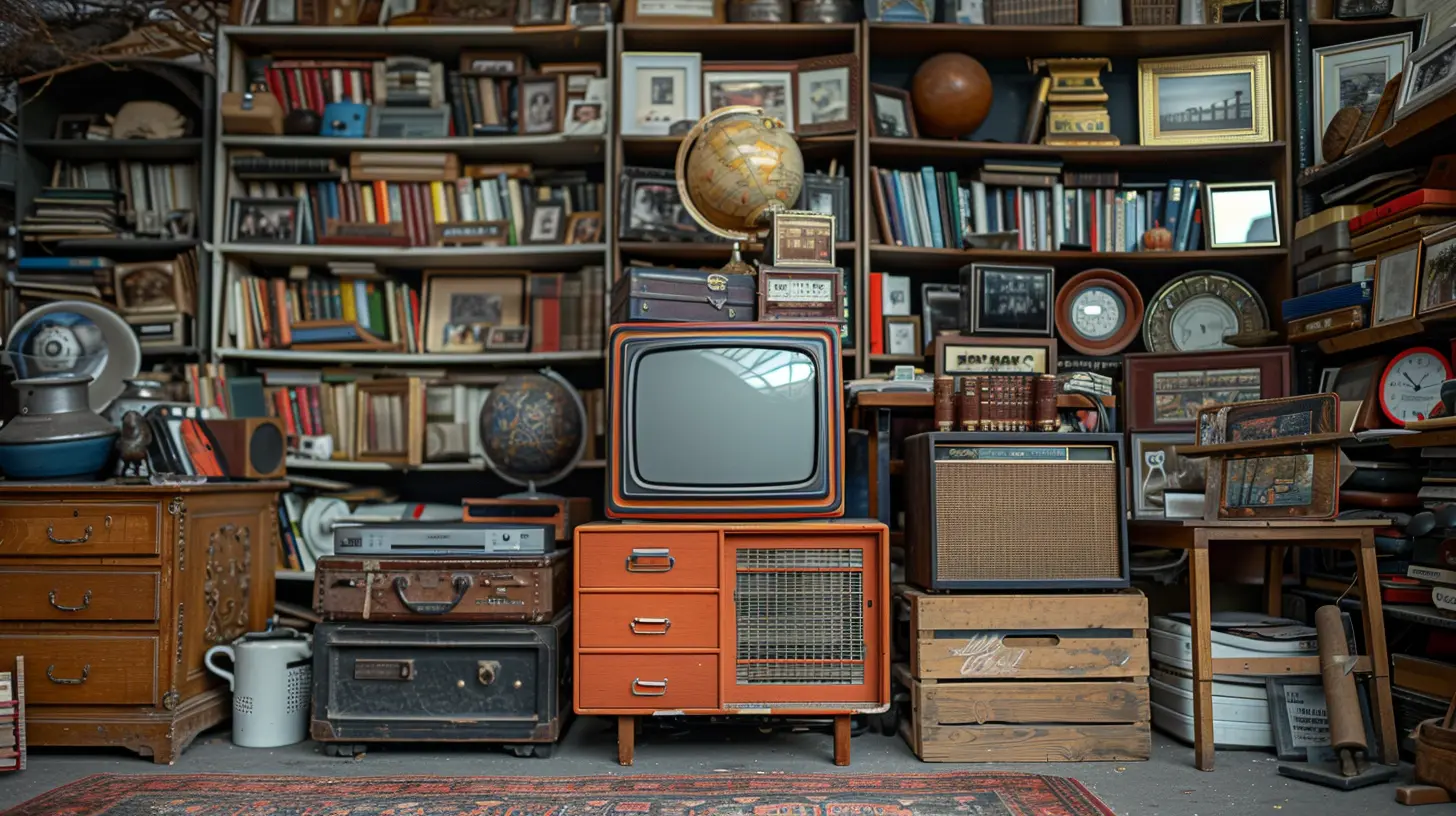
Where to Look for Quality Secondhand Items
Here’s the thing: not all secondhand shopping spots are created equal. Some require more patience, while others can surprise you with gems in minutes. Let's break down the best sources.1. Thrift Stores (Goodwill, Salvation Army, Local Shops)
These are the bread and butter of secondhand shopping. They’re everywhere, and they usually have a bit of everything—from clothes and furniture to electronics and housewares. The trick? Visit often and come early. Deliveries and new donations usually hit the shelves in the morning.Pro Tip: Get to know the staff. They might give you a heads-up when good stuff comes in.
2. Consignment Shops
Looking for higher-end goods? Consignment shops are your go-to. Items here are often curated, meaning someone already did the quality-checking for you. Great for finding designer clothes, name-brand handbags, and furniture in excellent shape.3. Online Marketplaces
We live in the golden age of online thrifting. Platforms like:- Facebook Marketplace
- Craigslist
- OfferUp
- Poshmark
- ThredUp
- eBay
- Depop
They’re brimming with secondhand goods. You can shop by category, set your price range, and even filter by condition. Just keep your negotiating hat on and always verify the item’s details before hitting "Buy."
4. Yard Sales & Estate Sales
Sometimes, gold lies in people’s front yards (seriously). Estate sales, in particular, can offer high-quality furniture, tools, and home goods at bargain prices. Check local listings, and don’t be afraid to haggle. Most people just want to get rid of stuff.5. Apps & Niche Communities
Love a specific type of item? There’s probably a dedicated app or online community for it. For example:- Reverb (musical instruments)
- The RealReal (luxury fashion)
- Kidizen (children’s clothes)
- Chairish (vintage furniture)
Dig deep, and you’ll find the gold.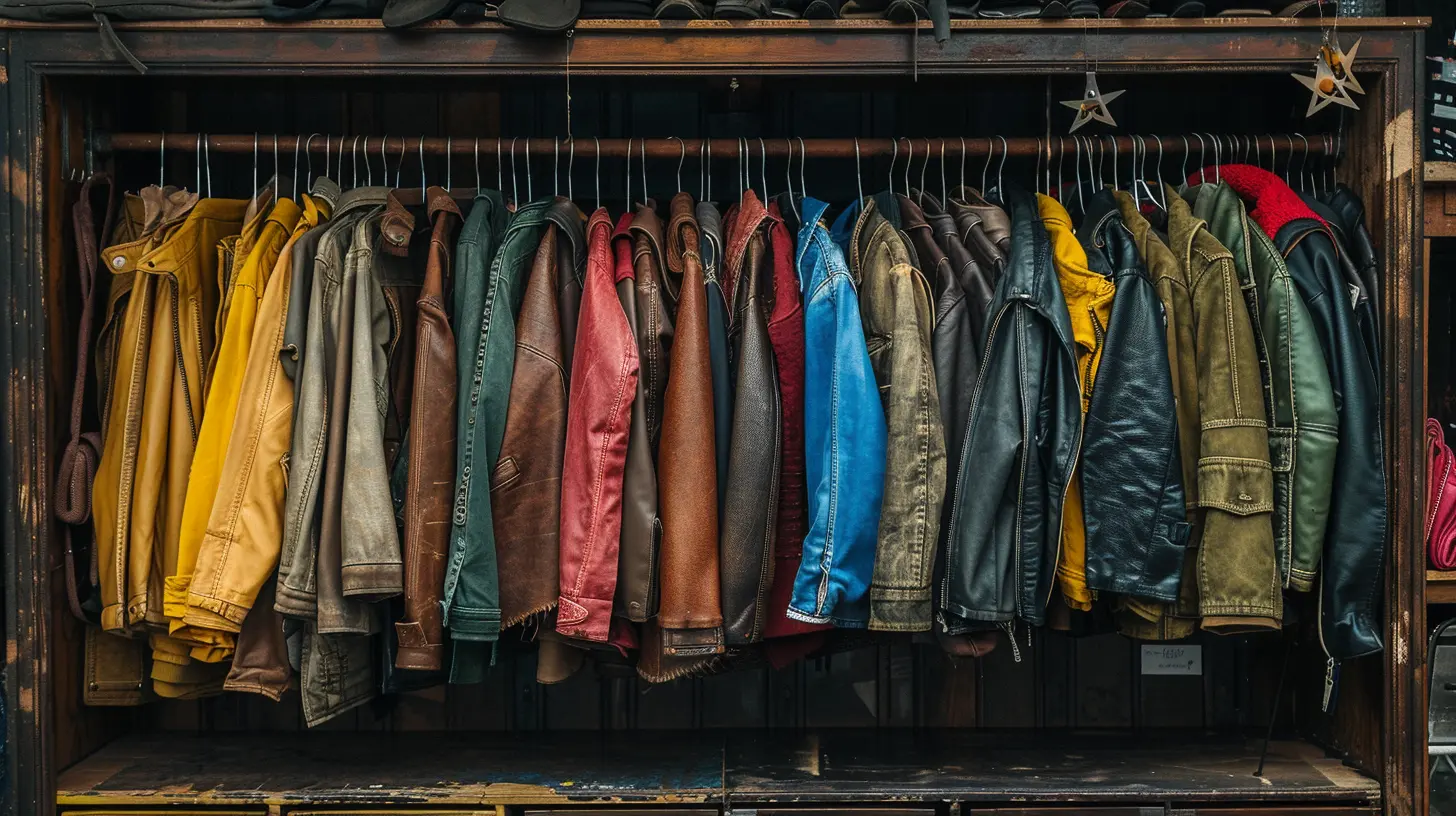
How to Spot Quality in a Sea of Clutter
Let’s be honest—secondhand shopping can feel overwhelming. Shelves packed to the ceiling, rows of random clothes, piles of mystery electronics… it’s a lot. So how do you sift through the noise and find the diamonds in the rough?Check Labels and Brands
High-quality brands stand the test of time. If you spot names like Patagonia, Le Creuset, Coach, or West Elm, pause and inspect. These often last longer and resell well.Inspect the Stitching & Fabric
When it comes to clothes, quality hides in the details. Look at stitching—are there loose threads? Is the fabric pilling or faded? Run your hand over the fabric. Natural materials like wool, cotton, and linen often feel sturdier and breathe better than cheap synthetics.Test Electronics Before Buying
Find an outlet and plug things in. Check for missing cables, busted buttons, or cracked screens. With phones and gadgets, always ask if they’re factory reset and unlocked.Hot Tip: Bring a small multi-tool or phone charger with you just in case you need to test on the spot.
Smell Test (Seriously)
This might sound weird, but it works. Smells can linger, especially in clothing and furniture. If something smells musty or like smoke, it might not be worth the hassle trying to clean it.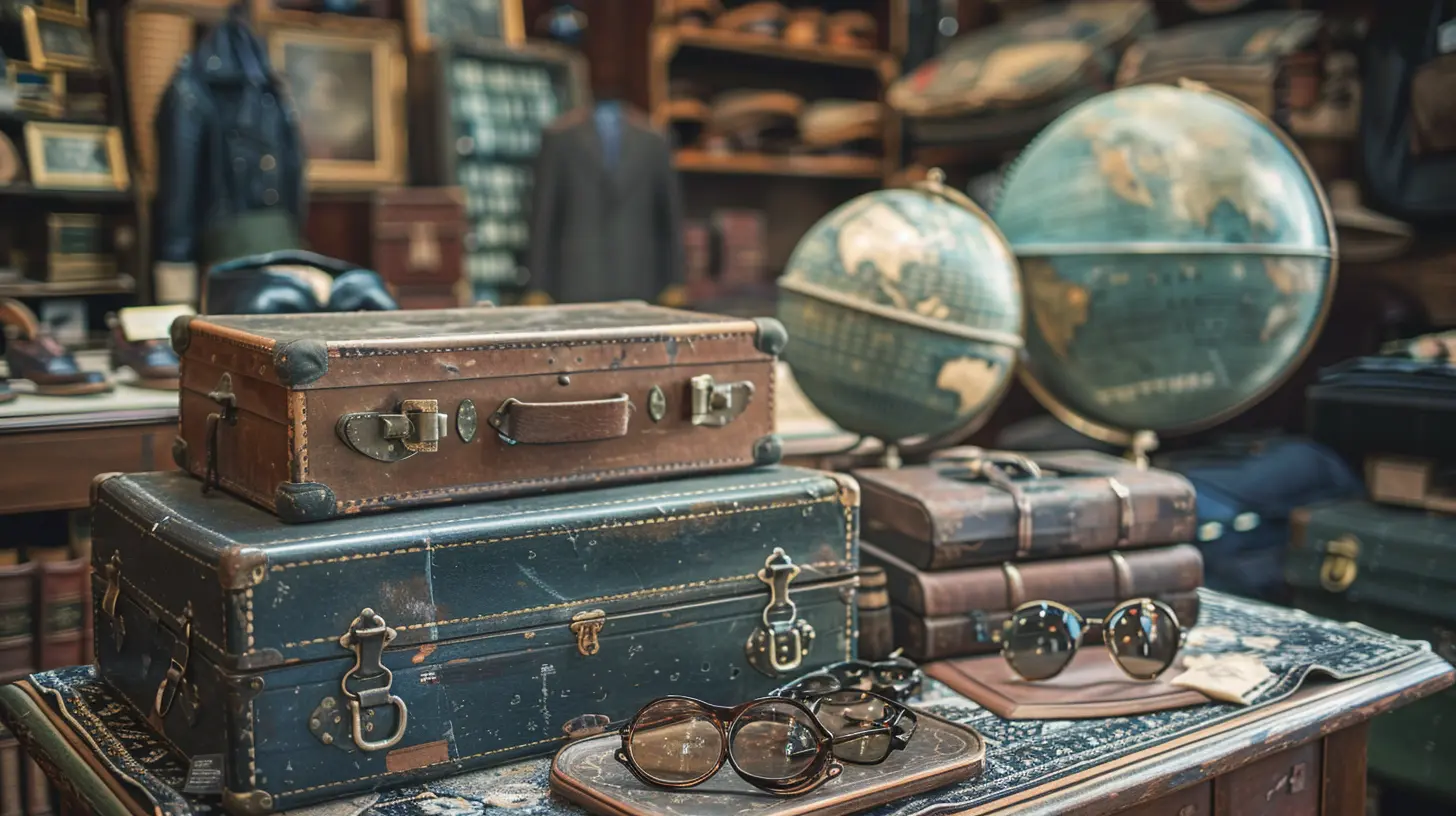
When to Splurge and When to Skip
Just because something is cheap doesn’t mean you should buy it. Clutter is clutter—even if it’s $2.Worth the Splurge
- Timeless pieces: Blazers, high-quality jeans, leather boots.- Solid wood furniture: A good dresser can last a lifetime.
- Appliances in great shape: Microwaves, blenders, etc.
Worth Skipping
- Mattresses and pillows: Hygiene risk alert.- Fast fashion brands: They weren’t made to last the first time.
- Broken electronics: Unless you’re a repair whiz, walk away.
Tips to Score Big Every Time
You don’t need to be a pro to become a secondhand shopping ninja. These tips can seriously boost your luck and your loot.Set a Budget
It’s easy to lose your mind and walk out with more than you bargained for. Set a budget before you walk in—or before you open an app. It keeps you focused and helps you avoid impulse buys.Be Ready to Dig
This ain’t Macy’s. Treasure often hides under piles, behind curtains, or buried in bins. Roll up your sleeves. The good stuff isn’t always on display.Go in With a List… But Stay Open
Bring a list of what you’re looking for, but be flexible. Some of the best finds are the ones you weren’t hunting for. Call it “planned spontaneity.”Haggle With Confidence
Especially at garage sales or online marketplaces, negotiating is fair game. Be respectful, know your ceiling price, and don’t be afraid to walk away if it’s not right.Check Return Policies (If Any)
Some thrift or consignment shops allow returns—most don’t. Be sure to double-check before buying, especially with higher-priced items.How to Clean and Restore Secondhand Items
So you’ve scored the deal of the decade—now what? Time to give that gem a little TLC.For Clothing
- Wash or dry-clean before wearing (obviously).- Use vinegar and baking soda to get rid of weird smells.
- Lint roll, de-pill, and iron—it can make even the oldest shirt feel new.
For Furniture
- Wipe clean with a damp cloth and mild soap.- Polish wood with oil-based conditioner.
- For upholstered items, steam-clean or use fabric cleaner.
For Electronics
- Wipe down with alcohol wipes.- Update firmware or reset to factory settings.
- Replace old cables or missing parts.
The Financial Perks of Selling Secondhand Finds
Here’s a fun twist: secondhand shopping isn’t just about saving money—it can actually make you money, too.Ever heard of flipping? You buy underpriced items, clean them up, and resell at a profit. Whether it’s vintage tees or mid-century furniture, the profit potential is real.
You can:
- List on eBay, Poshmark, Mercari, or Facebook Marketplace.
- Sell at flea markets or pop-up thrift events.
- Build a niche (ex: only flipping vinyl records or rare sneakers).
It’s the ultimate side hustle—part recycling, part retail, all hustle.
Final Thoughts
Secondhand shopping isn’t just a trend—it’s a lifestyle. It’s smart, sustainable, and seriously satisfying when done right. Whether you're digging through a thrift bin or swiping through a resale app, there’s always a chance you’ll find something amazing—for cheap.So next time you think about buying new, pause. Take the secondhand route. Your wallet—and the Earth—will thank you.
all images in this post were generated using AI tools
Category:
Frugal LivingAuthor:

Uther Graham
Discussion
rate this article
1 comments
Marlowe Lawson
Thank you for sharing these thoughtful insights on secondhand shopping! It's heartening to see how mindful choices can lead to both savings and sustainability. Every bargain not only brightens our wallets but also supports a more compassionate approach to consumption.
August 15, 2025 at 11:14 AM

Uther Graham
Thank you for your kind words! I'm glad you found the insights valuable—every thoughtful purchase makes a difference!

